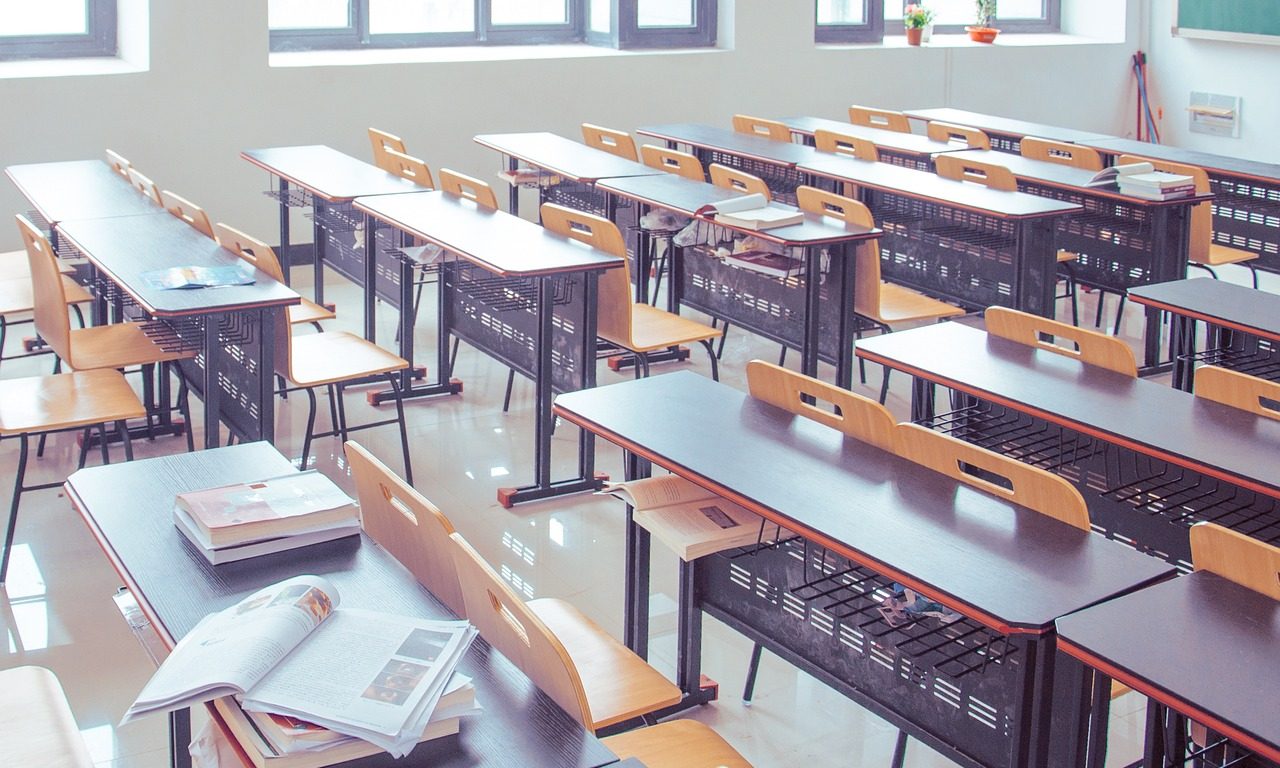EAST HARTFORD, Conn. – Putting a promise into practice, Goodwin University made higher education more affordable for its students in 2022 by saving them almost $500,000 using Open Educational Resources (OER). The school started using OER in 2017 with the goal of cutting one of the largest additional education costs for students – textbooks and other learning materials. Open Educational Resources are a large, diverse collection of free-to-use learning, teaching, and research materials. Because the resources are in the public domain, they can be freely adapted, changed, and repurposed for the needs of various classes.
Goodwin University recognizes that achieving educational equity requires a continuous effort to make learning more accessible. In the spirit of bridging social and financial barriers to higher ed, the school invested in OER to allow faculty members the opportunity to shape curriculum around these free resources instead of around expensive textbooks, maintaining a high level of academic rigor while reducing costs for classroom materials. Goodwin assessed the service’s ability to save students money during the 2022 calendar year. 12 existing Goodwin courses that offer OER were included in the assessment, including courses in Human Biology, Business Management, Personal Finance and Insurance, Public Speaking, Interpersonal Communication, Composition, Literature, American History, Foundations in Nursing, Public Health, and Sociology.
Across these 12 courses, the use of OER saved students a cumulative $476,331.49 on textbooks. This reduced the costs of required materials by an average of 35 percent, which amounts to hundreds of dollars per student. For many, the savings opportunities OER presents are significant, providing much-needed relief in paying bills and affording groceries. For those who use student loan money to afford textbooks, this means that their funds could be repurposed to meet other academic needs.
Michael Pardales, Provost and Vice President for Academic Affairs, said of the initiative, “Goodwin University’s implementation of OER is just another example of the school’s commitment to making higher education accessible for all students.” He continued, “In the face of inequities revealed by the fallout from COVID-19 and the global pandemic, Goodwin is proud to continue to serve as a leader in educational equity.”
According to its 2022-2023 institutional profile, Goodwin University primarily serves under-served populations, with 85 percent of students receiving some form of financial aid, 62 percent first-generation college students, and 56 percent students of color. In addition to Open Educational Resources for a number of courses, the school offers an extensive network of support services, including financial aid opportunities through scholarships and grants, academic services like tutoring and math lab, health services such as mental health counseling, and the Ann B. Clark Co-op, an on-campus service that provides food items, clothing and other goods to students and families struggling to afford basic necessities.
Goodwin University is a nonprofit institution of higher education and is accredited by the New England Commission of Higher Education (NECHE), formerly known as the New England Association of Schools and Colleges (NEASC). Goodwin University was founded in 1999, with the goal of serving a diverse student population with career-focused degree programs that lead to strong employment outcomes.

